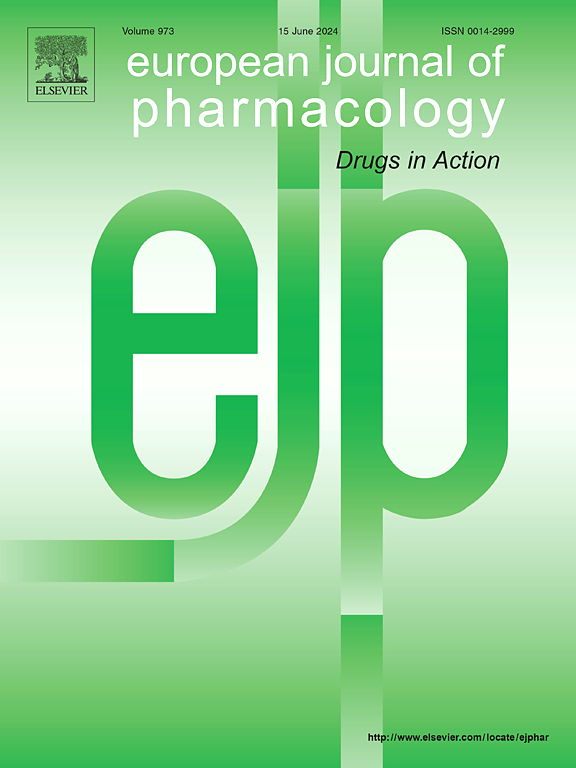The liver-gut axis perspective: Exploring the pathogenesis of fatty liver
IF 4.7
3区 医学
Q1 PHARMACOLOGY & PHARMACY
引用次数: 0
Abstract
Fatty liver is one of the most common chronic liver diseases globally, affecting approximately a quarter of the world's population. It poses a significant burden on global health. Its pathogenesis is highly complex. In recent years, increasing attention has been paid to exploring the pathogenesis of fatty liver from the perspective of the liver-gut axis. We first discuss the liver-gut axis in fatty liver, detailing the bidirectional communication between the liver and the intestines. Specifically, the liver releases primary bile acids and numerous bioactive mediators into the biliary tract and systemic circulation, which then interact with the intestine. Conversely, intestinal microorganisms and their metabolites are transported to the liver via the portal vein, thereby influencing liver function. In addition, the interactions between intestinal microbes, the host's immune system, and various soluble factors are described, including their contributions to fatty liver development. Second, we describe the mediators of communication between the intestine and the liver in the pathological state of fatty liver, focusing on three key substances: endotoxins, bile acids, and short-chain fatty acids. Third, we summarize the emerging treatments derived from the liver-gut axis in fatty liver, highlighting frontier findings that may lead to the development of novel therapies. Finally, we offer suggestions for future research directions. We hope that future studies will propose better research strategies for the interaction of the liver-gut axis to promote the development of new treatment strategies and the discovery of precise therapeutic targets for fatty liver.

肝肠轴视角:探讨脂肪肝的发病机制。
脂肪肝是全球最常见的慢性肝病之一,影响着大约四分之一的世界人口。它对全球卫生造成重大负担。其发病机制非常复杂。近年来,从肝肠轴的角度探讨脂肪肝的发病机制越来越受到重视。我们首先讨论脂肪肝的肝肠轴,详细说明肝肠之间的双向交流。具体来说,肝脏释放初级胆汁酸和许多生物活性介质进入胆道和体循环,然后与肠道相互作用。反之,肠道微生物及其代谢物通过门静脉转运到肝脏,从而影响肝功能。此外,还描述了肠道微生物、宿主免疫系统和各种可溶性因子之间的相互作用,包括它们对脂肪肝发展的贡献。其次,我们描述了脂肪肝病理状态下肠肝通讯的介质,重点介绍了三种关键物质:内毒素、胆汁酸和短链脂肪酸。第三,我们总结了脂肪肝中肝-肠轴的新兴治疗方法,突出了可能导致新治疗方法发展的前沿发现。最后,对今后的研究方向提出了建议。我们希望未来的研究能够对肝肠轴的相互作用提出更好的研究策略,以促进新的治疗策略的发展和对脂肪肝精确治疗靶点的发现。
本文章由计算机程序翻译,如有差异,请以英文原文为准。
求助全文
约1分钟内获得全文
求助全文
来源期刊
CiteScore
9.00
自引率
0.00%
发文量
572
审稿时长
34 days
期刊介绍:
The European Journal of Pharmacology publishes research papers covering all aspects of experimental pharmacology with focus on the mechanism of action of structurally identified compounds affecting biological systems.
The scope includes:
Behavioural pharmacology
Neuropharmacology and analgesia
Cardiovascular pharmacology
Pulmonary, gastrointestinal and urogenital pharmacology
Endocrine pharmacology
Immunopharmacology and inflammation
Molecular and cellular pharmacology
Regenerative pharmacology
Biologicals and biotherapeutics
Translational pharmacology
Nutriceutical pharmacology.

 求助内容:
求助内容: 应助结果提醒方式:
应助结果提醒方式:


